DESTINATION RESTAURANTS
May 27, 2025
Kurumasushi

Kurumasushi, in the Ehime Pre fecture city of Matsuyama, was selected as a Destination Restaurant for 2025, the fifth year of The Japan Times’ Destination Restaurants honors. This is the first time a Shikoku restaurant has received the award. The restaurant is located in a bustling area 30 minutes by car from Matsuyama Airport. Owner Koji Takahira was born and raised in this area. In 2017, he took over as sushi chef from his father, who founded the restaurant in 1976.
The interior brings to mind a teahouse, with features including a wickerwork ceiling made of Japanese cedar from Ehime. The counter, which is fragrant with the fresh scent of wood, accommodates eight diners. The omakase menu, priced at ¥27,500 ($180) including tax, is served in two seating periods starting at 5 and 7:30 p.m. Seventy percent of the guests are visitors from outside the prefecture, 10% of whom are tourists from other countries, mainly in Asia.
Takahira aspired to be a sushi chef from a young age. After acquiring Edomae-style sushi techniques at the restaurants Ginza Sushi Aoki and Sushi Yoshitake, both located in Tokyo’s Ginza district, he returned to his hometown in 2016. The following year he succeeded his father as chef at Kurumasushi, which he renovated in 2021. The restaurant suddenly became a Shikoku attraction, drawing gastronomes from outside the prefecture.
Takahira said, “My father trained in Osaka and made sweet shari (sushi rice) containing sugar, but my shari is made with rice vinegar plus a dash of red vinegar, and no sugar.”
Nearly all the fish comes from Ehime Prefecture. In some seasons this includes fish processed with the quality-preservation method shinkeijime (“nerve-pinching”) by the renowned fisherman Junichi Fujimoto, from Imabari in Ehime. Obtaining high-quality fish and cutting it skillfully with a sharp knife is basically all it takes to make good sushi toppings. But in going a step further and applying special knife skills, Takahira brings his own identity to sushi.
One example is the hamo (conger eel) sashimi he obtains from Fujimoto. To make its small, hard bones easy to consume, hamo is usually cut in fine slices, with a thin layer of skin left on. Takahira, on the other hand, carries out the unique process of removing the bones with a knife. Needless to say, this gives the fish an even smoother texture. Moreover, on a recent visit to the restaurant, I noticed as soon as I picked up the managatsuo (butterfish) sushi that the surface of the fish was much glossier than usual. When I asked Takahira about this, he explained, “I sharpen the knife I use for managatsuo with a finer-grained whetstone.” He added, “The taste of ingredients is also affected by the type of metal the knife blade is made of.”
Far from the sushi capital of Tokyo, Ehime Prefecture has seen the emergence of a chef who delves deeply into the art of cutting — the most distinctive feature of Japanese cuisine — and opens up new territory in the world of sushi.
■Sustainable Japan Magazine (Sustainable Japan by The Japan Times)
https://sustainable.japantimes.com/magazine/vol53/53-03

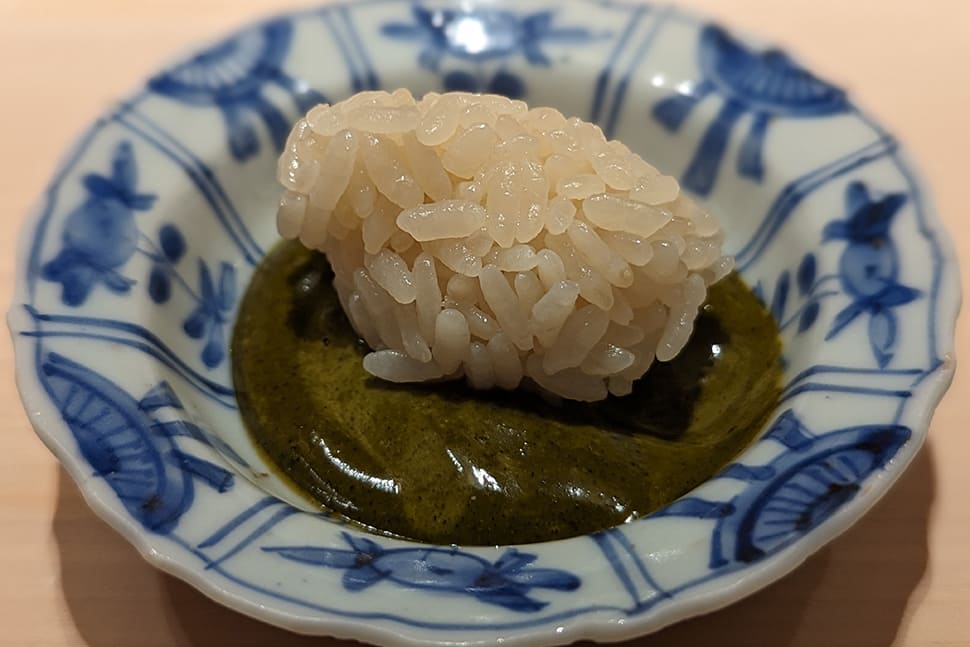
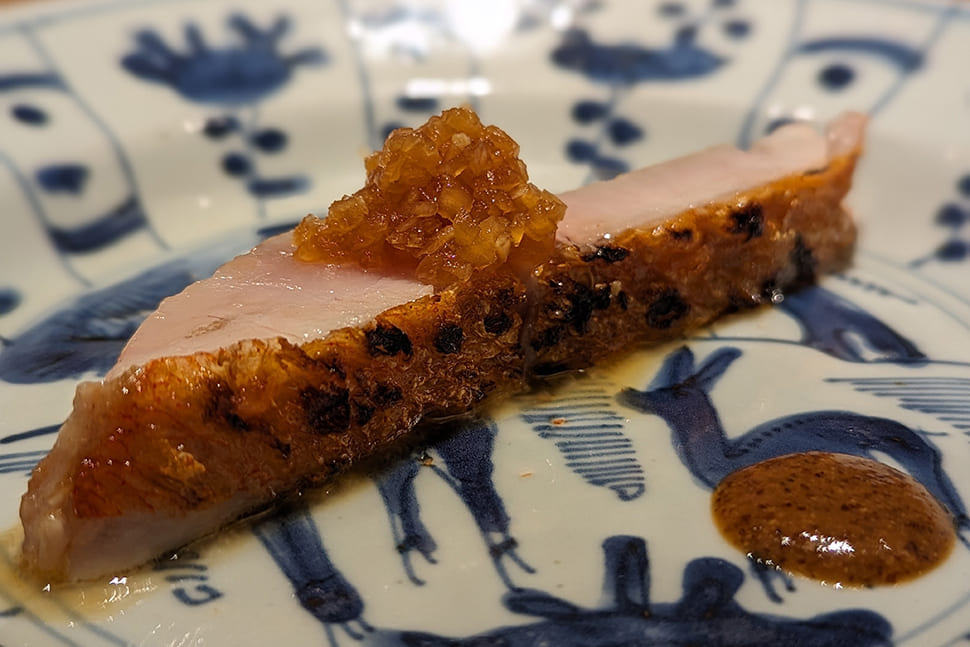


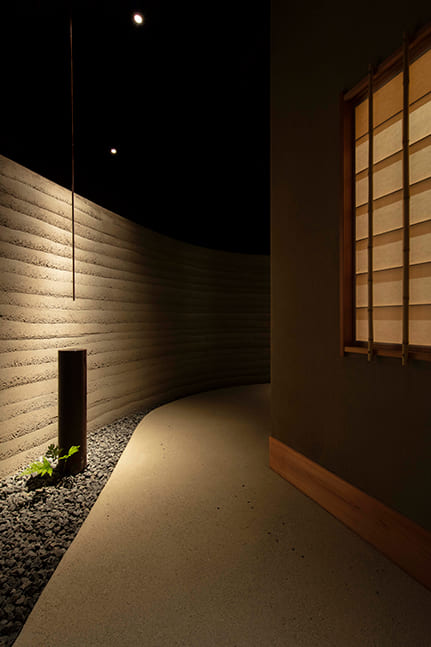

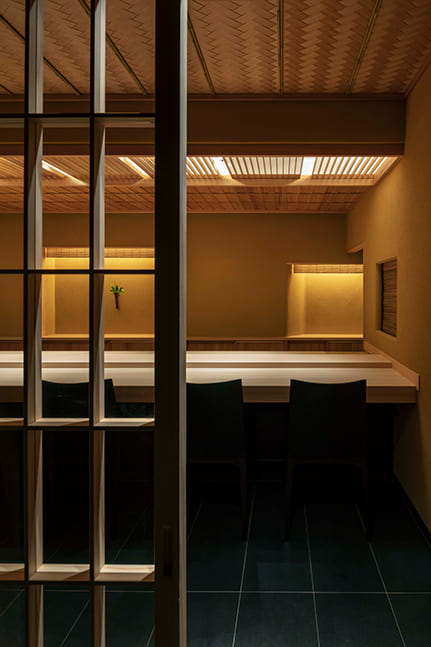
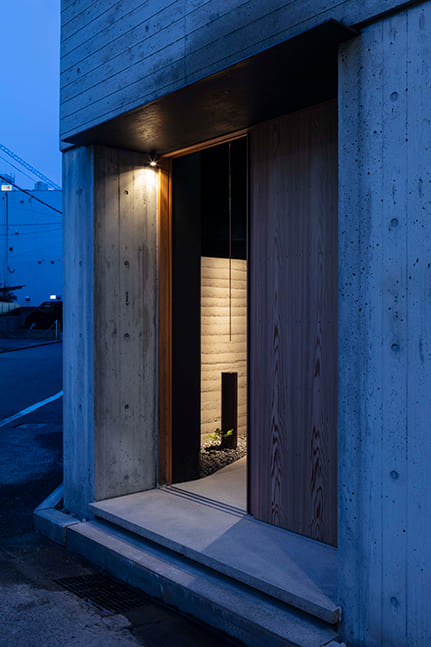

1-6-9, Ichibancho, Matsuyama, Ehime Prefecture